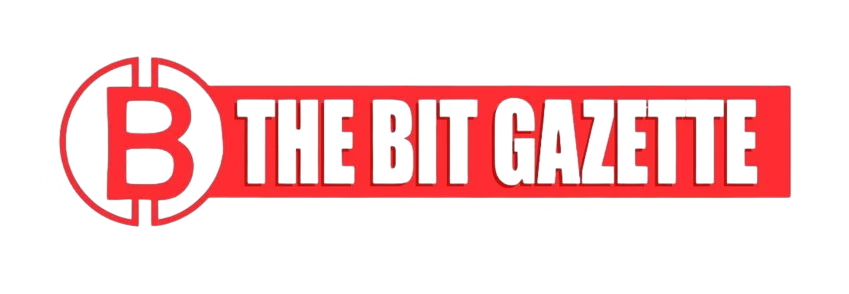Europol and major cryptocurrency exchanges have disrupted illegal streaming networks that laundered $55 million through digital assets, marking one of the first major coordinated actions between law enforcement and the crypto industry against digital piracy.
The week-long international operation, led by Europol’s Intellectual Property Crime Coordinated Coalition and involving Coinbase, Binance, and blockchain intelligence firm Chainalysis, targeted 69 piracy-related websites and 25 illicit IPTV services after investigators discovered cryptocurrency now accounts for 20% of payment methods used by digital pirates.
The “crypto sprint,” coordinated by Europol’s Intellectual Property Crime Coordinated Coalition (IPC3) and the European Union Intellectual Property Office (EUIPO), brought together the audiovisual anti-piracy sector with blockchain investigators to cut off funding streams that have increasingly migrated to digital assets.
“Cryptocurrency has fast become a new payment method used by digital pirates,” said Mark Mulready, Vice President of Cyber Services at Irdeto, a key member of the Audiovisual Anti-Piracy Alliance (AAPA).
“This operation marks a turning point: we are now cutting off the financial oxygen that keeps these illegal services alive.”
Operation results at a glance
- 69 piracy-related websites identified and targeted
- 25 illicit IPTV services reported to Coinbase and Binance for immediate action
- 44 sites remain under active investigation
- The sites attracted an estimated 11.8 million visitors annually
- $55 million in cryptocurrency traced through wallets and accounts linked to the networks
- Multiple high-value targets flagged for continued law-enforcement follow-up
How crypto became pirates’ payment method of choice
Piracy networks have increasingly turned to cryptocurrency to evade traditional banking surveillance. Unlike credit cards or PayPal—which can freeze accounts and share data with authorities—Bitcoin and other digital currencies offer faster cross-border transfers and, initially, appeared more anonymous.
However, blockchain’s permanent public ledger creates an exploitable weakness. Every transaction is recorded and can be traced through sophisticated analysis tools.
“Crypto leaves a visible, permanent record,” said Nick Wright, Manager of Global Intelligence, EMEA at Coinbase.
“When transparency is combined with strong compliance controls and real-time collaboration with law enforcement, criminals have nowhere left to hide. They thought crypto would make them invisible. Instead, it created a permanent evidence trail.”
Investigators used Chainalysis Reactor to trace complex money-laundering patterns on the blockchain and Maltego Graph to visualize connections between pirate operators, payment processors, and end users.
Both Coinbase and Binance swiftly froze or restricted accounts tied to the identified services.
Lilija Mazeikiene, EMEA Head of Investigations at Binance, added: “This operation shows that the pseudo-anonymous nature of blockchain actually works against criminals. Illicit transactions are often easier to uncover than cash movements.”
Jonathan Levin, Co-Founder and Chief Strategy Officer at Chainalysis, called the initiative “a powerful blueprint” for future operations:
“IPTV criminals adopted crypto for the same reasons legitimate users love it — speed and borderless payments. Today we proved that the blockchain’s inherent transparency, combined with decisive industry action, leaves illicit funds fully exposed.”
The operation received support from the English Premier League, one of the most frequently targeted properties by illegal streaming services.
“Partnerships like this are essential to protecting both content creators and legitimate consumers,” said Miruna Herovanu, Executive Director of the Audiovisual Anti-Piracy Alliance (AAPA). “When industries and governments work together, we send a clear message: piracy will not pay.”
What happens next
Europol said the 44 sites still under investigation could lead to additional enforcement actions. The agency is working with national authorities on potential prosecutions of identified operators.
Meanwhile, both Coinbase and Binance indicated they would enhance compliance protocols for merchants and service providers accepting cryptocurrency, including strengthened due diligence for high-risk sectors.
The success of the “crypto sprint” is expected to serve as a model for future global actions against piracy networks that have increasingly migrated payments to cryptocurrency in an attempt to evade traditional financial surveillance.
Industry participants indicated that the collaborative framework established during this operation could be expanded to address other forms of cryptocurrency-enabled crime in 2026.











